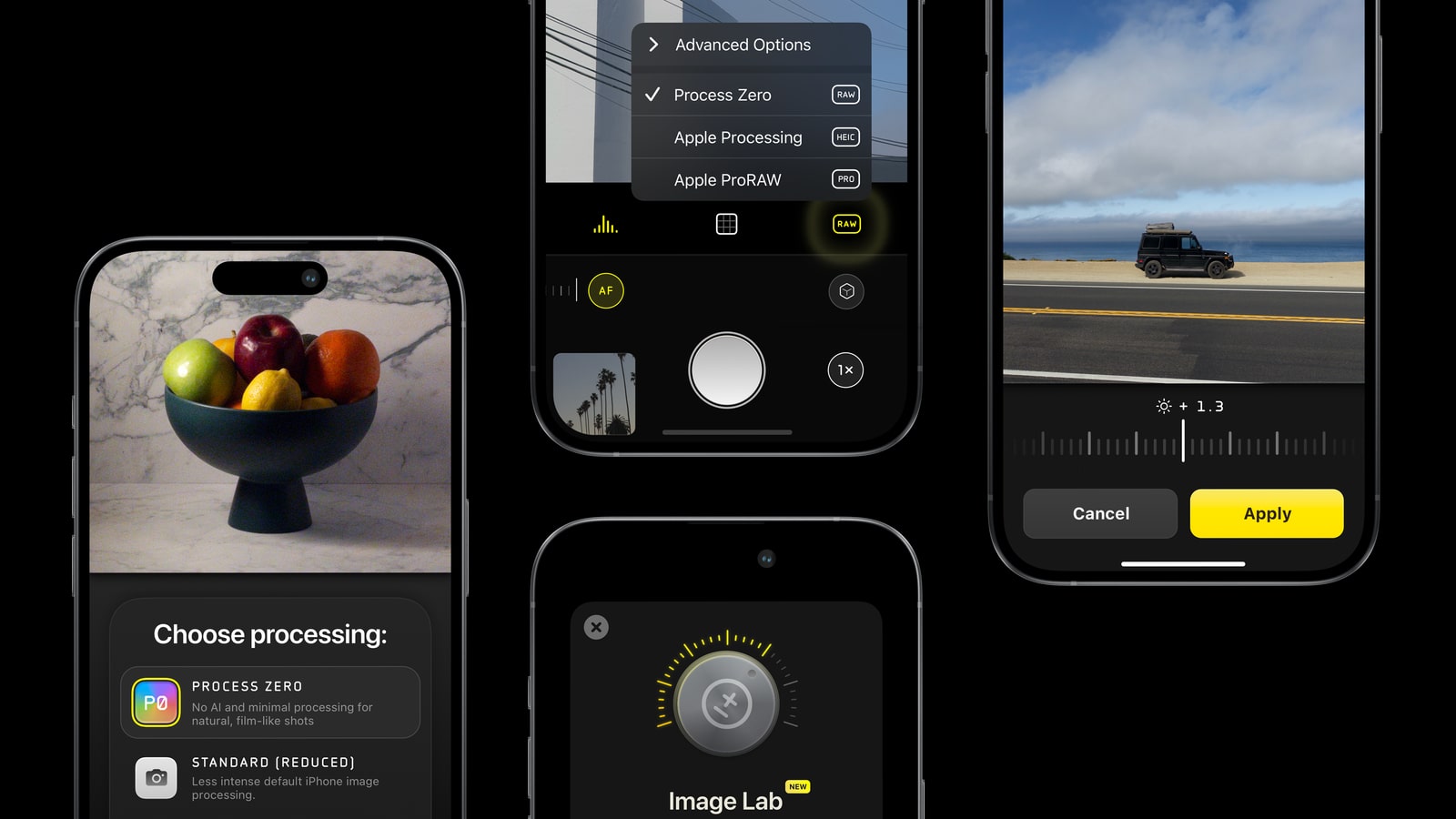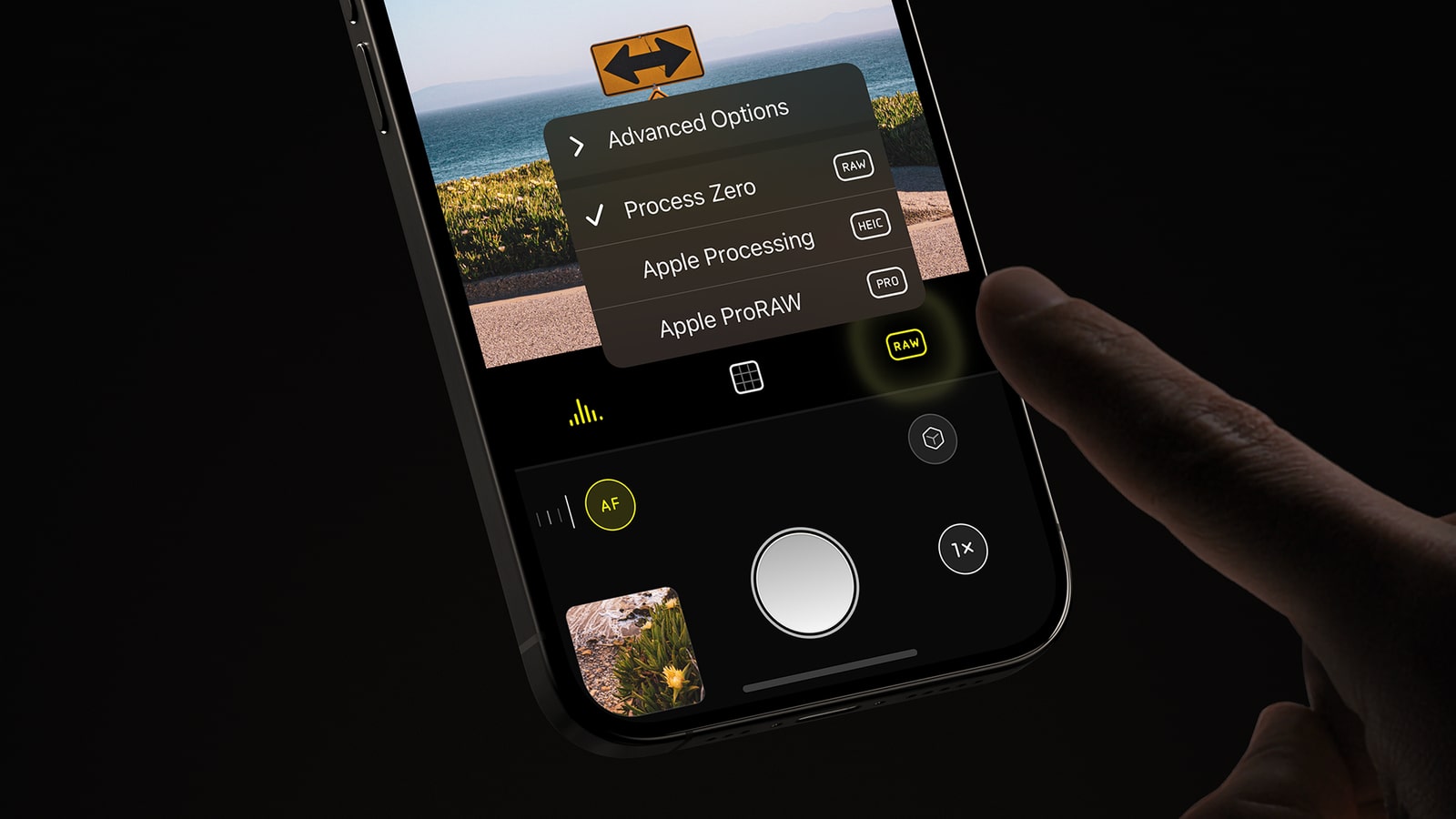
All of the best iPhones perform an incredible amount of image processing behind the scenes whenever you take a photo, much of it handled by artificial intelligence (AI) algorithms. Yet sometimes that’s not ideal, and you, instead, just want the raw, unfiltered image so that you can edit it as you please. In such cases, the well-known Halide photography app could have just what you need.
That’s because the app’s latest version, the 2.15 update, has brought a new feature called Process Zero, the app’s developer explains in a recent blog post. This feature comes with “zero AI, no computational photography whatsoever – offering photographers a counter to the increasingly AI-heavy processing and tooling on smartphones,” the developer says, potentially giving you results much closer to what would be expected with a more traditional camera.
Halide has offered tools like this in the past, but they’ve always reduced the level of processing your iPhone does, not halted it completely. With Process Zero, you’re given full control over what post-processing you want to apply to your images, free of any steps taken by your iPhone on your behalf. That gives you more room for choice with your iPhone photography and means less “sacrificing some choices as an artist,” Halide’s developer says.
Doesn’t sound like your sort of thing? No need to worry; you don’t have to use Process Zero. Halide will still let you use the standard iPhone processing, reduced image processing, or ProRAW image capture if you prefer.
Real raw photography

Shooting with Process Zero could present a few difficulties to the unseasoned photographer. As the developer says, it “works best in daytime or mixed lighting, rather than nighttime shots,” where lighting is not optimal. Similarly, the iPhone’s AI cleverly balances light and dark areas when both appear in the same shot, something you’ll have to tackle manually if you use Process Zero.
And due to Apple’s computational photography tied to its iPhones’ hardware, Halide’s Process Zero is limited to 12MP shots rather than the full 48MP resolution modern iPhones can capture.
But those trade-offs will all be part of the appeal to a large group of iPhone photographers. Without Apple’s AI adjusting your images – bringing in its interpretation of what makes a “good” image that might not align with your own – there’s more room for you to apply your own post-processing effects to get the desired results. If you want to capture some noise in your images, for example, or just want to get the digital equivalent of photographic negatives to use however you please, Halide’s new feature will be enticing.
Anyone who loves taking pictures on their iPhone but who finds themselves frustrated with the lack of control they have over the end result will likely be tempted by Halide’s Process Zero. When you start using it, you might find the results are exactly what you’re looking for.







